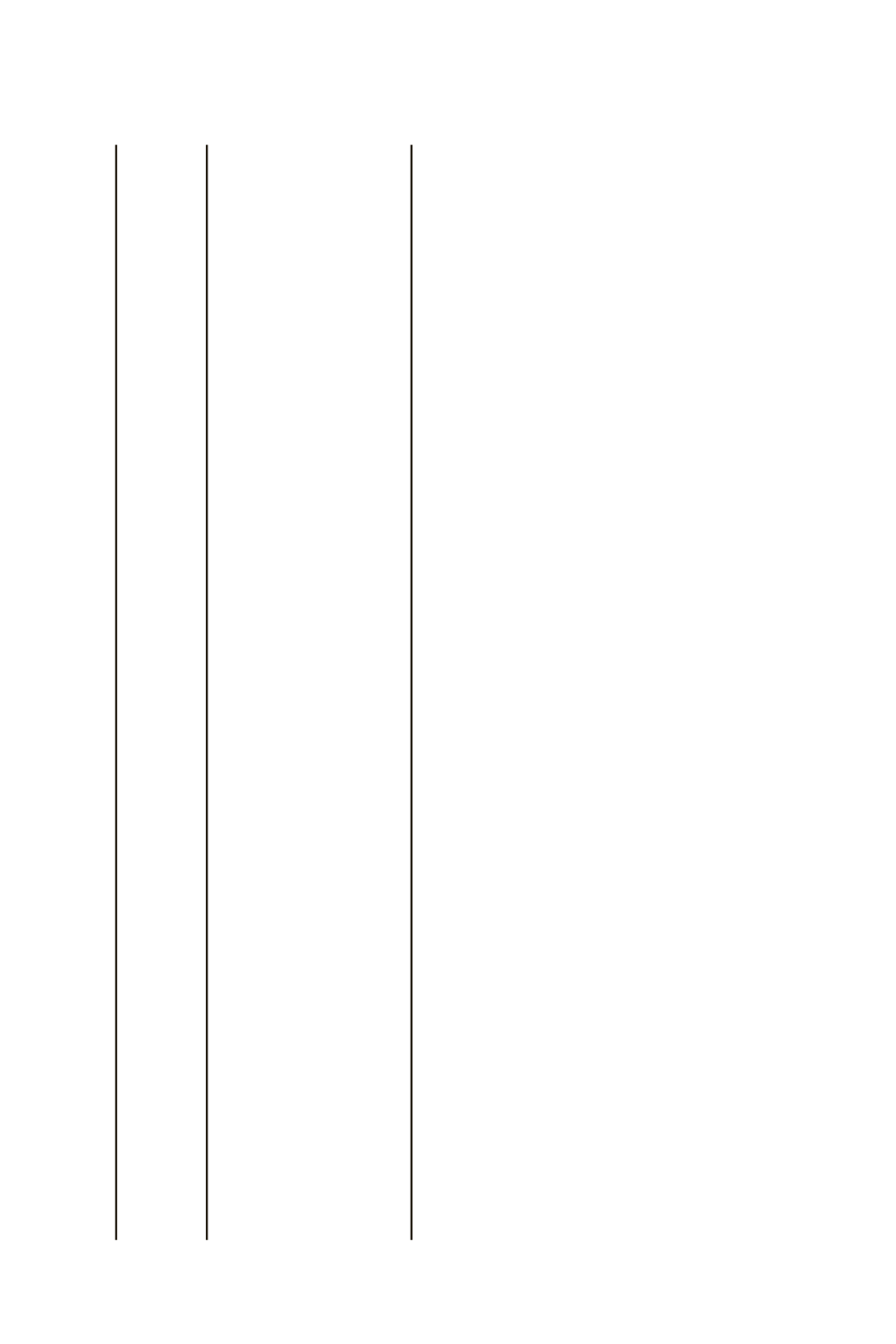

7
‘
B
lanc
D
u
B
ois
ʼ
ues lower than 10, and ideal ranges
of vine balance were achieved with
the highest crop load treatment
(CP3).
In both years, leaf width multiplied
by leaf length (width*length) was
the best predictor of leaf area as
determined by regression analysis
(R
2
=0.90, R
2
=0.93; Figure 3).
Therefore, width*length was used
as a non-destructive measurement
to predict leaf area. In both years,
neither shoot nor cluster thinning
had an effect on leaf area (Table 1).
However, there was a trend in both
years for increased leaf area and
decreased LAI when vines were
shoot thinned compared to non-
shoot thinned vines (Table 3). Shoot
thinning decreased LAI 20% (2013)
and 22% (2014) compared to non-
shoot thinned vines. A lower LAI
means fewer leaves within the canopy
and increased light penetration. In
addition, the freeze event on 4 March
2013 significantly damaged exposed
leaf tissue, resulting in reduced leaf
area compared to 2014 for both
treatments (NST and ST).
Contrary to what has been
previously reported in other hybrid
grape varieties. The improved light
conditions of shoot thinned vines
did not increase bud fruitfulness
in ‘Blanc Du Bois’. An increase in
yield was observed in NST vines
with denser canopies. It is probable
that the non-count shoots in the
NST treatments had flower buds
that accounted for increased yield;
or perhaps ‘Blanc Du Bois’ may not
require high light intensity for bunch
primordia differentiation (Buttrose,
1970). This could be due to inherited
climatic adaptation (Tarara et al.,
1990), and may explain why no
significant differences were found
for leaf area and LAI.
and CT treatments included 1, 2, or 3 clusters per shoot.
z
LAI: Leaf area index
y
Pn: Photosynthesis rate
x
TA: Titratable acidity
w
Significant statistical differences are indicated by asterisks:
*
p
<0.05,
Year
Treatments and
Interactions
Leaf area
Shoot
length
(cm
2
)
LAI
z
Pn
y
before
harvest
(µmol·m
-2
s
-1
)
Pn after
harvest
(µmol·m
-2
s
-1
)
Clusters/
vine
Yield
(Kg)/
vine
Cluster
weight
(g)
Berries/
cluster
Berry
weight
(g)
Soluble
Solids
(Brix °)
TA
x
(%)
pH
2013
ST
0.47
0.08
0.99
0.02*
w
0.89
0.01**
0.04*
0.19
0.29
0.07
0.4
0.13 0.001***
CT
0.55
0.83
0.37
0.34
0.73
0.02*
0.03**
0.54
0.1
0.79
0.02**
0.23 0.25
ST*CT
0.53
0.92
0.58
0.04*
0.95
0.84
0.99
0.65
0.71
0.34
0.96
0.14 0.86
2014
ST
0.22
0.05
0.14
0.80
0.39
0.96
0.85
0.64
0.58
0.64
0.39
0.28 0.99
CT
0.21
0.14
0.72
0.85
0.80
0.26
0.19
0.54
0.52
0.44
0.36
0.59 0.15
ST*CT
0.47
0.05
0.16
0.89
0.35
0.37
0.88
0.27
0.21
0.44
0.17
0.44 0.66
Table 1:
P
-values from analysis of variance for shoot thinning (ST) and cluster thinning (CT) effects on vegetative growth, yield parameters and fruit quality of ‘Blanc
Du Boisʼ vines in 2013 and 2014. ST treatments included shoot thinning vs. no shoot thinning, and CT treatments included 1, 2, or 3 clusters per shoot.
z
LAI: Leaf area index
y
Pn: Photosynthesis rate
x
TA: Titratable acidity
w
Significant statistical differences are indicated by asterisks: *
p
<0.05,
p
<0.01 and
p
<0.001.
















